Table of Contents
Highlights
- DAOs are making use of the blockchain and smart contracts to enable transparent, collective decision-making without central authority.
- They are already actively enabling activism, philanthropy, and open-source projects, proving to be faster and more democratic than traditional systems.
- In urban planning, DAOs can let citizens directly shape budgets, land use, and other community services.
- Despite several hurdles including low participation and legal gaps, DAOs point to a future of more inclusive, participatory governance.
DAOs for Public Good have, in recent years, emerged as a new organizational form capturing the imagination of technologists, activists, and urban planners alike: the Decentralized Autonomous Organization, or DAO.
At its core, a Decentralized Autonomous Organization (DAO) is a collective that operates without a central authority. Instead of being run by executives or a central board, it is governed by smart contracts on a blockchain and by the votes of its participants. Every decision, whether funding a project or allocating resources, is recorded transparently on the blockchain, where it can be verified by anyone.
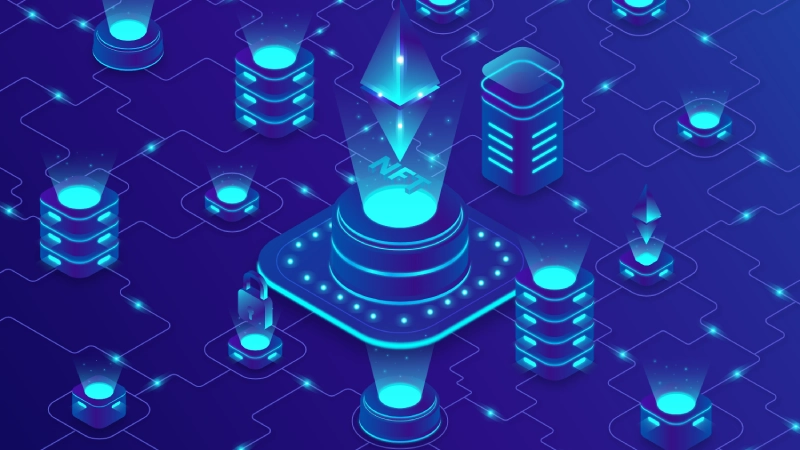
This model matters because it promises a new way of coordinating human action. Traditional institutions such as governments, NGOs, and corporations are often criticized for their inefficiency, bureaucracy, or opacity. DAOs, by contrast, offer transparency, rapid coordination, and inclusivity.
Anyone with an internet connection and the right token can have a voice in how resources are distributed or how a project evolves. What began as an experiment in digital finance is now being applied to causes that stretch well beyond cryptocurrency, into areas such as climate action, health research, and even city planning.
Real-World Experiments in Public Good
Perhaps the clearest evidence of DAOs’ social potential comes from how quickly they have been mobilized for activism and philanthropy. In early 2022, when war broke out in Ukraine, a group of artists and technologists launched UkraineDAO to raise money for humanitarian aid. Within days, the collective raised a vast amount in cryptocurrency, distributing funds to vetted organizations with complete transparency. The speed and trustworthiness of the process stood in stark contrast to traditional aid networks that often move more slowly.
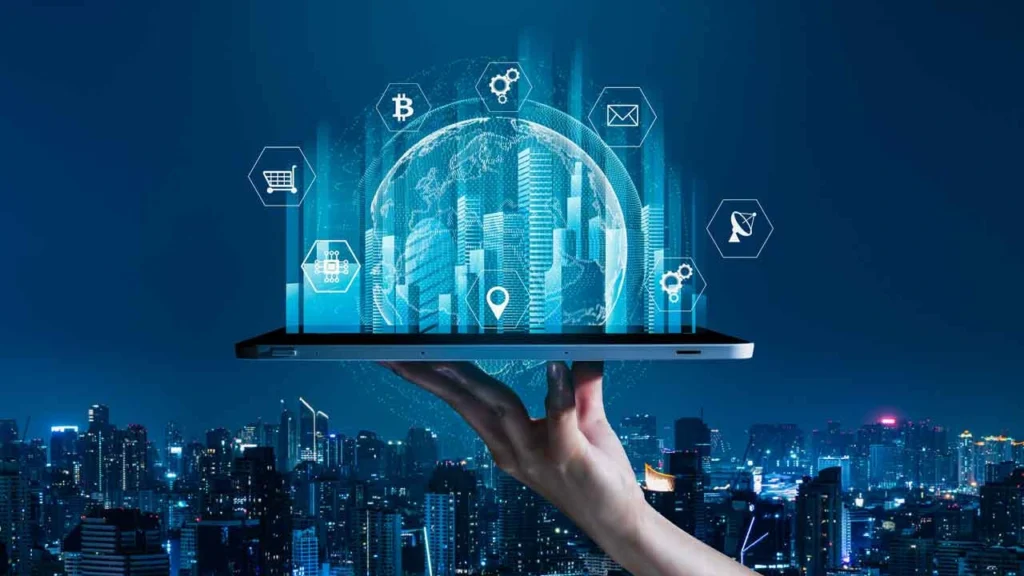
Another well-known cause was AssangeDAO, which pooled in a substantial amount in support of Julian Assange’s legal defence. Contributors from around the world, many of whom had never engaged in activism before, suddenly had a direct channel to support a cause they cared about.
Philanthropy has also been reimagined through DAOs such as the Big Green DAO, which focuses on food education and agricultural sustainability. Unlike traditional foundations where grants are decided behind closed doors, here the community itself votes on proposals and determines where money should flow. This shift represents more than just technological novelty, it is a democratization of philanthropy, giving donors and beneficiaries a seat at the same table.
Other DAOs have taken aim at the funding of innovation. GitcoinDAO and Giveth channel resources into open-source and public-good projects, using models like quadratic funding to ensure that popular grassroots initiatives receive fair support.
VitaDAO takes a different approach, focusing on longevity research. Rather than waiting for governments or corporations to decide what science gets funded, VitaDAO lets its community directly fund projects that they believe could extend human life.

In the environmental space, KlimaDAO has pioneered the creation of decentralized carbon markets, while ValleyDAO supports synthetic biology research aimed at restoring ecosystems. Together, these initiatives show how DAOs can be applied to nearly any public good, from urgent relief to long term planetary stewardship.
From Activism to Urban Planning
While activism and philanthropy highlight the speed and flexibility of DAOs, perhaps their most intriguing application lies in the realm of cities and governance. Cities have always been sites of negotiation, mainly between residents, developers, and governments. Yet the decision-making process in urban planning is often criticized for being mostly top-down and unresponsive in nature for ordinary citizens.
DAOs offer a radically different vision. They could serve as platforms for participatory governance, where residents propose ideas, debate them openly, and vote on how communal resources are used. Already, experiments are underway. CityDAO, based on Wyoming, purchased a plot of land and gave “citizenship” to anyone who owned one of its NFTs.
These citizens would then collaborate on decisions about what to do with the land, experimenting with blockchain-based governance of physical space. Though still small in scale, such projects provide a glimpse of how cities might one day operate if governance were placed directly in the hands of their inhabitants
In Japan, the AKIYA initiative has explored DAO-like structures for revitalizing abandoned homes, transforming them into shared spaces managed collectively by communities. Rather than leaving decisions to distant authorities, local residents are empowered to guide the direction of redevelopment.
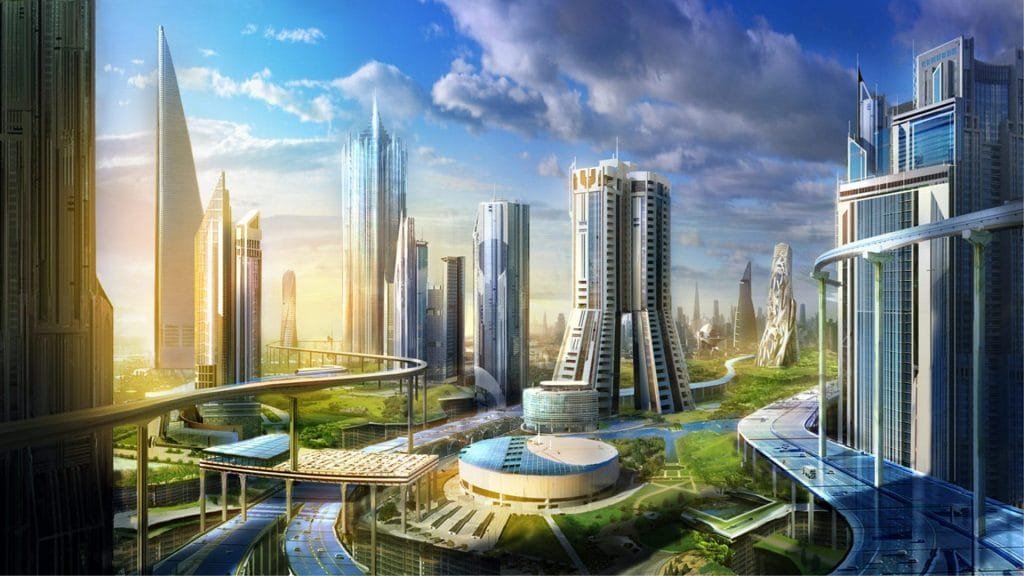
More broadly, urban planners have speculated that DAOs could manage services such as public transportation, waste collection, or local energy grids. The idea is not to replace municipalities entirely but to create a more direct form of civic participation, a sort of upgrade to modern democracy with the usage of digital tools.
This vision resonates strongly with the concept of the “Right to the City,” a term coined by French philosopher Henri Lefebvre. He argued that urban spaces should be spaced not only by markets or authorities but by the collective needs and creativity of residents themselves. DAOs, by decentralizing decision-making and embedding transparency, provide one potential mechanism for realizing this long-standing aspiration.
India: A National Laboratory for DAO-Inspired Land Governance
India’s digital public infrastructure, such as Aadhar, UPI, and India Stack, creates fertile ground for DAO-inspired experimentation in governance, especially in land management. A standout example is the Centre’s recent decision to pilot the Land Stack project in Chandigarh, aiming to build a unified, technology-driven land records system.
This initiative integrates ownership data, cadastral maps, zoning, and development controls into a single platform, making land information easily accessible to both citizens and government agencies. Notably, it plans to use blockchain-enabled solutions to ensure authenticity, security, and tamper-proof records.
In this project, a high-level committee chaired by principal secretary and CEO S. Chockalingam will oversee the pilot. It emphasizes inter-departmental coordination, adherence to federal digitization standards, and the use of standardized data fields rather than redundant new ones/
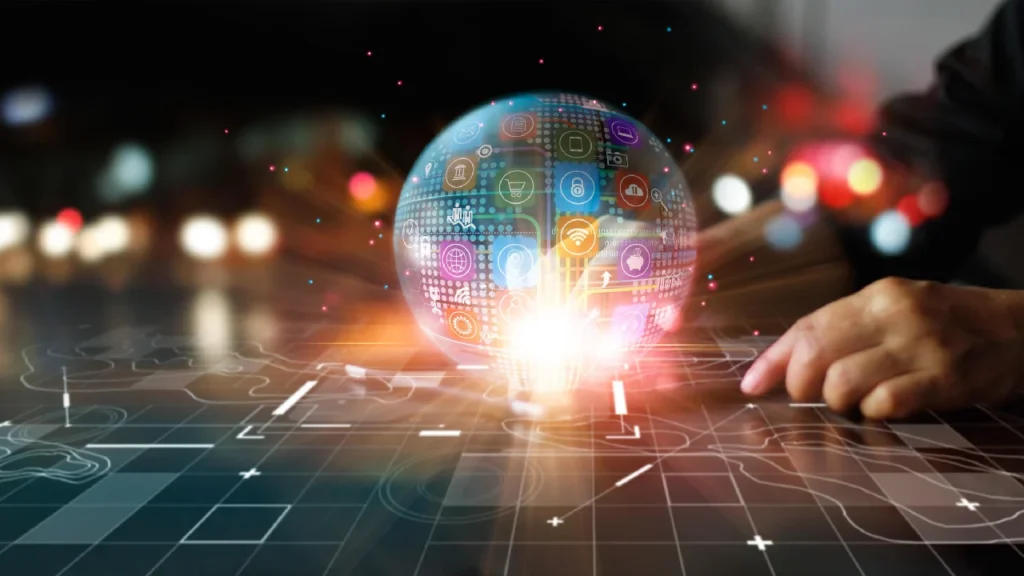
If successful, the Land Stack could serve as the backbone for DAO-like governance in urban planning, enabling residents to verify property status, track development approvals, or propose local improvements through transparent immutable records.
Coupled with India’s broader efforts towards digitizing land ownership across states, for instance, through assigning Unique Land Parcel Identification Numbers, or ULPINs, the “Aadhar for land” concept; the Land Stack marks a shift toward more accountable, participatory governance.
This layered framework transforms land governance into a civic laboratory: communities can experiment with digital property rights, decentralized oversight, and even local budgeting. The implications are profound, especially in cities like Chandigarh, where it could complement DAO-style resident participation with robust, secure land infrastructure.
Strengths and Challenges
The appeal of DAOs for public good lies in their distinctive strengths. Transparency is built into their DNA: all financial flows and governance decisions are recorded publicly on the blockchain. This makes it difficult for corruption to flourish and foster trust among the participants.
They also enable rapid borderless coordination, as UkraineDAO demonstrated. Decisions that might take weeks in traditional organizations can be enacted in days or even hours. Perhaps most importantly, DAOs lower the barriers to entry for participation. Instead of requiring a seat on a board or a position in government, any participant with tokens can have a say.
Yet DAOs also face significant challenges. Voter participation often remains low, with only a fraction of members engaging in decisions. In some cases, voting power concentrates in the hands of wealthy participants, undermining the democratic ideal.
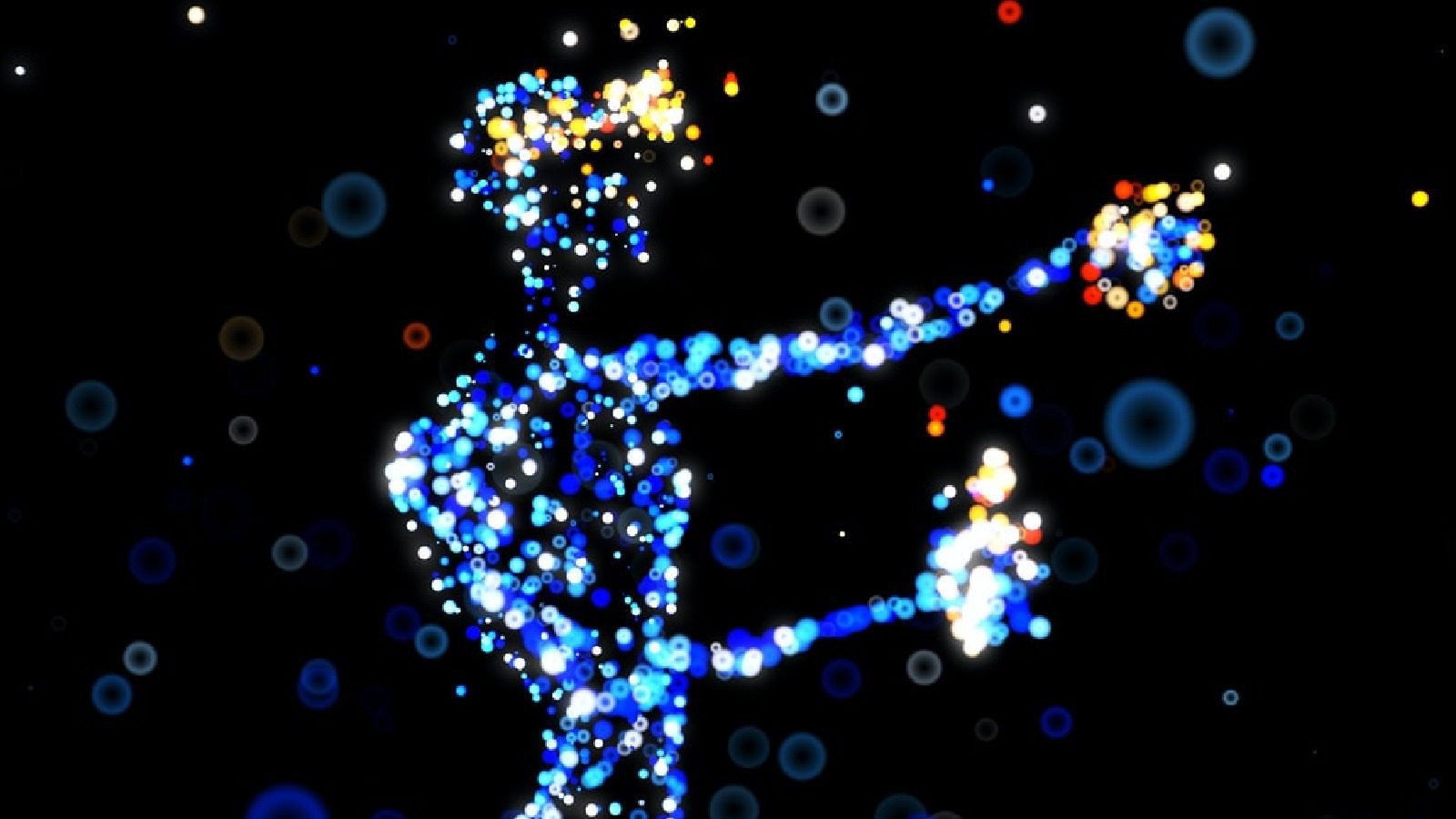
Legal recognition is another sticking point: only a few jurisdictions, such as Wyoming in the United States, have established legal frameworks for DAOs, leaving many in a grey area. Technical complexity is also a barrier, as blockchain governance tools can be intimidating to those unfamiliar with digital wallets and tokens.
Finally, the social challenges of governance, conflicts, low engagement, or decision-making gridlock, do not disappear simply because a process is put on the blockchain. If anything, DAOs make these tensions more visible.
What the Future Could Hold
Despite these obstacles, the potential of DAOs to reshape civic life is significant. Imagine neighbourhoods forming DAOs to decide on local infrastructure improvements, or residents voting directly on how municipal budgets are spent. Imagine a transportation system governed by its users, or a renewable energy grid co-owned and co-managed by the people who rely on it. Even if not all of these ideas come to fruition, the experimentation itself expands our understanding of what governance could look like in the twenty-first century.
The most likely future is not one in which DAOs replace governments or urban institutions, but rather one in which hybrid models emerge. Cities could adopt DAO-inspired platforms to make their processes more participatory and transparent, while still operating within existing legal frameworks.
Community DAOs might complement municipal initiatives by funding niche projects or piloting new forms of service delivery. Education will also play a critical role, ensuring DAO participation is not limited to the technologically savvy but is accessible to diverse groups of citizens.
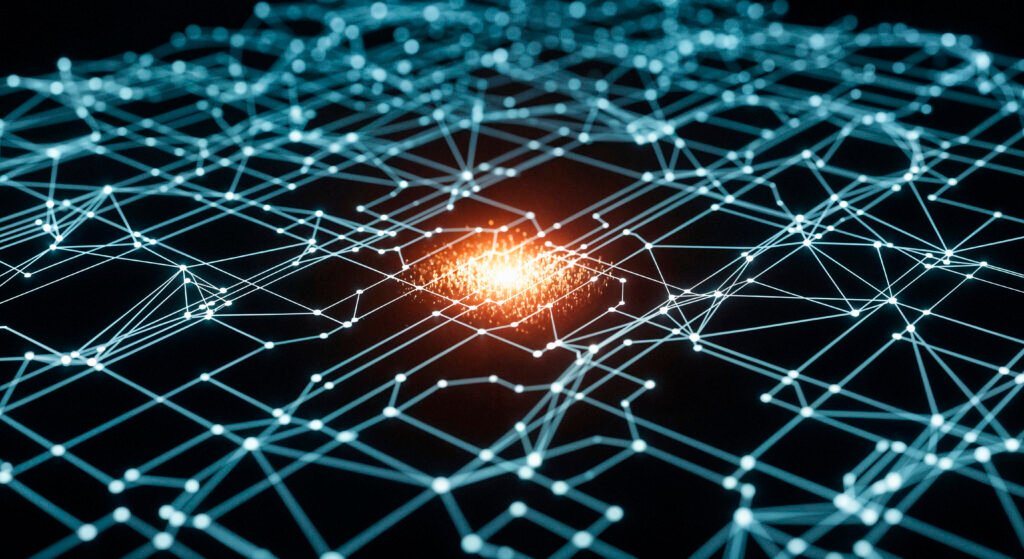
In this way, DAOs can be seen as civic laboratories, testing grounds for more inclusive, democratic, and transparent governance. By bridging the worlds of activism, philanthropy, and urban planning, they suggest a future where public goods are managed not by distant authorities, but by communities themselves.
Transparent and Inclusive
DAOs are still young, imperfect, and experimental. But they are also one of the most promising innovations in collective governance to emerge in decades. Whether funding legal defences, distributing humanitarian aid, supporting open-source innovation, or experimenting with city governance, DAOs show how communities can pool resources and make decisions together in ways that are fast, transparent, and democratic.
The road ahead will not be without hurdles, low engagement, legal uncertainty, and technical barriers will need to be addressed. Yet the fundamental promise remains: DAOs return agency to people. They allow communities to decide their own futures and to create public goods on their own terms. For activists, this means mobilizing across borders. For urban planners, it may mean cities that are co-created with residents. For all of us, it represents a step toward more participatory and resilient forms of collective life.